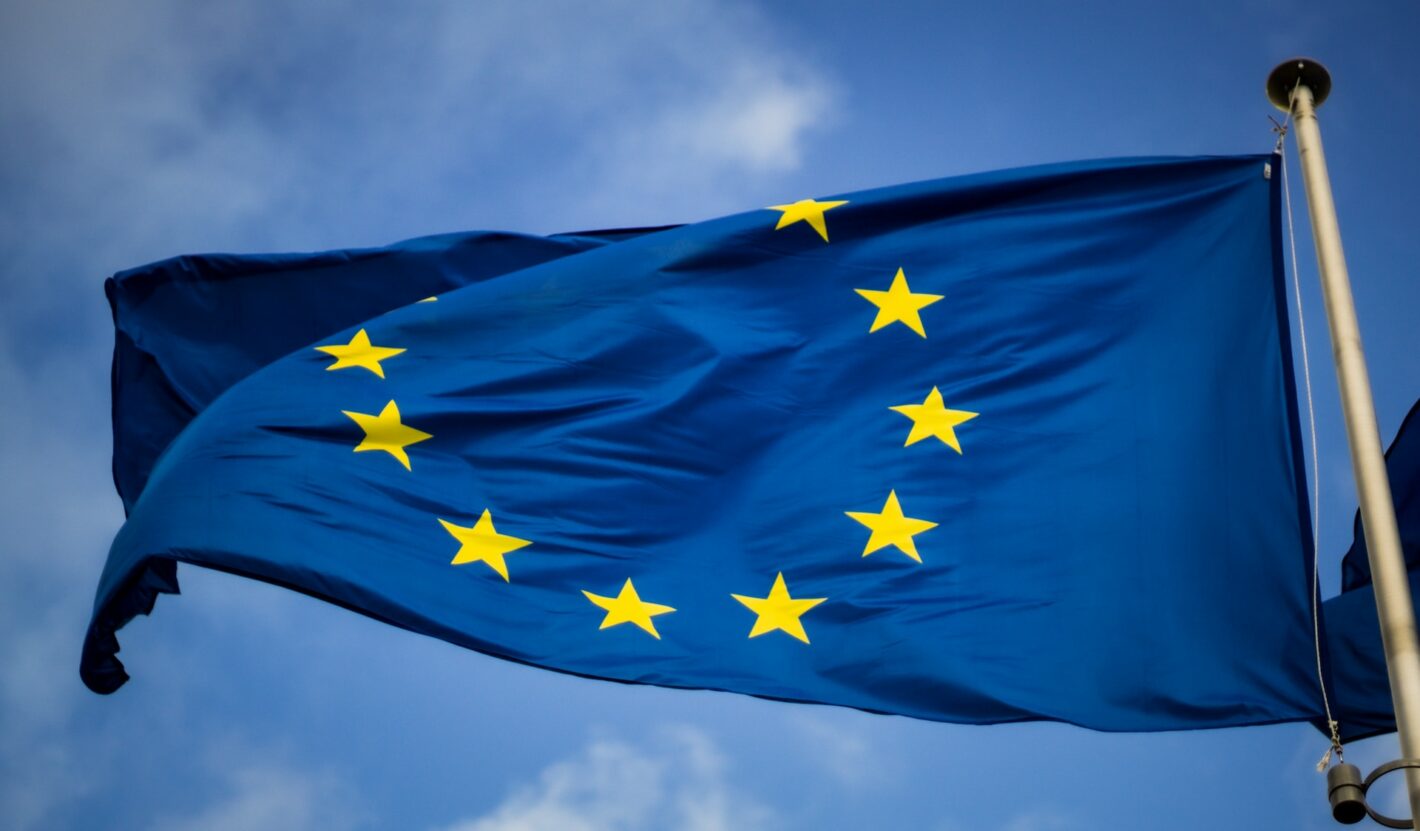Comparing EU and NATO: Roles, Structures, and Purposes

EU and NATO, both major players on the European stage, play pivotal roles in shaping the continent’s present and future. While they share some similarities, they differ in their origins, objectives, and operational frameworks.
This article delves deep into their contrasting nature, shedding light on their roles in today’s interconnected world.
Distinguishing EU and NATO: Core Variances Explained
The North Atlantic Treaty Organization (NATO) and the European Union (EU) stand as two pillars shaping the European geopolitical landscape. Located in Brussels, their objectives, structures, and funding mechanisms diverge. Dive into the intricacies of these organizations to understand their functions and collaborations.
While NATO and the United Nations (UN) both operate based on treaties, NATO primarily focuses on military and defense aspects. In contrast, the EU emphasizes trade and fiscal policies. Their organizational frameworks, member composition, and financial sources differ considerably.
Contrasting NATO and EU: Fundamental Divergences
Often highlighted in global discourse, NATO and the EU are both supranational entities boasting numerous member states. However, their aims, operational structures, member criteria, and financial models set them apart.
NATO and EU: Key Objectives
Established in the wake of World War II and the evolving dynamics with the Soviet Union, NATO emerged to fortify defense and security ties between several nations from Europe and North America. The 1949 North Atlantic Treaty envisioned it as a bulwark against threats to Europe’s peace. The cornerstone principle: an attack on one is an attack on all. Beyond its defense posture, NATO underscores democratic ideals and fosters security collaboration.
In parallel, the EU’s roots trace back to the aftermath of World War II, with the present structure emerging from the Maastricht Treaty of 1991. This treaty, among other things, laid the foundation for the Euro and the concept of EU citizenship. Fostering economic cohesion, the EU evolved with the 2007 Lisbon Treaty, which demarcated its competencies and updated regulations. While peace and freedom remain its core, its lens is economic progression rather than defense.
Structural Frameworks of NATO and EU
NATO’s operational paradigm splits into civilian and military sections. At the heart of the civilian framework lie the NATO headquarters, Permanent Representatives, National Delegations, and the International Staff. Key decision-making entities such as the North Atlantic Council and the Nuclear Planning Group fall within this purview.
The Secretary-General, doubling as NATO’s representative voice, oversees the International Staff. On the military front, the Military Committee takes the lead, supported by the International Military Staff and various command entities. Though NATO lacks a dedicated army, it has an enduring command structure pulling talent from all member nations.
Moreover, NATO has diversified agencies focused on areas like Electronic Warfare, Civil Emergency Planning, and Science and Technology. Brussels, the home to NATO’s central office, also hosts delegations from all member nations.
Contrastingly, the EU, with its Brussels base, revolves around seven principal entities and numerous ancillary bodies. These institutions cater to a spectrum of functions ranging from legislative to financial. They include:
- The European Council: Comprising the top brass of each member state, it elects its president;
- The European Commission: The core executive arm, it drafts laws, supervises budgets, and enforces regulations;
- The European Parliament: An elected entity that endorses or rejects legislation and supervises the commission;
- The Council of Ministers: Representing diverse ministries from EU nations, it holds a veto power on legislation;
- The Council of Justice of the European Union: As the top judiciary, it interprets the EU law and manages disputes;
- The European Central Bank: Guardian of the Euro, it shapes the monetary policy and oversees banking norms;
- The European Court of Auditors: Tasked with auditing the EU budget, it keeps a vigilant eye on any discrepancies.
Although EU nations engage in joint military ventures, they remain voluntary, without any permanent armed force.
Cooperation between NATO and the EU has seen an uptick, especially in areas like cyber defense, maritime security, and counter-terrorism. Their combined efforts aim at fostering a safer and more prosperous Europe. However, understanding their separate mandates is crucial for nations and global entities looking to engage with them.
NATO and the EU, while rooted in Europe, have a global influence that cannot be underestimated. By distinguishing between their structures, purposes, and operational strategies, one gains a clearer understanding of European geopolitics and the continent’s role in global affairs. Through collaboration and independent initiatives, these entities will continue to shape the trajectory of international relations in the coming decades.
NATO and the EU: Membership Dynamics
Initially, NATO consisted of 12 nations: France, Belgium, Denmark, Luxembourg, the Netherlands, Norway, Iceland, Portugal, Italy, the UK, Canada, and the USA. As of now, the alliance has grown to include 30 nations.
Criteria for joining? Any state in Europe dedicated to upholding the Treaty’s values and ensuring the safety of the North Atlantic region is eligible. The decision to invite a country is made by the North Atlantic Council, which necessitates a unanimous decision rather than a majority vote. While some nations collaborate with NATO in a partner capacity, they lack voting rights. Many of these nations aspire to full membership status.
Originating with six foundational countries in 1957 – Belgium, Germany, France, Italy, Luxembourg, and the Netherlands – the EU currently boasts 27 members. These include nations such as Austria, Ireland, and Sweden, among others. For membership eligibility, nations must satisfy the conditions of the “Copenhagen criteria.” This encompasses facets like having a robust democracy, adhering to the rule of law, and accepting all existing EU laws, inclusive of the euro.
After applying to the Council, the Commission then evaluates the country’s suitability. Post-evaluation, extensive negotiations ensue, often spanning many years. Once done, candidates must adopt EU regulations within their legal frameworks. Countries like Ukraine, Serbia, and Montenegro, to name a few, are currently navigating this intricate process.
Funding Mechanisms of NATO and the EU
Countries contribute to NATO both directly and indirectly. The contribution is determined based on an established formula that factors in Gross National Income. Predominantly, the USA and Germany have been the most significant contributors, accounting for 22% and 15% respectively.
While direct contributions sustain NATO’s universal budgets and programs, it’s the indirect contributions that form the major chunk, especially when nations voluntarily participate in NATO-led activities, absorbing the related costs. For defense expenditures, NATO advises its members to allocate at least 2% of their GDP. The Resource Policy and Planning Board oversees this funding aspect, while actual budget implementation falls under the Budget Committee and Investment Committee. As of 2022, NATO had a civil budget of EUR 289.1 million, with the defense budget amounting to EUR 1.56 billion.
The EU’s budget is pre-determined and funded by its members. Revenue streams include member contributions, import duties on non-EU-produced items, levies based on non-recycled plastic packaging waste, and penalties from businesses breaching EU regulations. Similar to NATO, the contribution is based on gross national income, resulting in wealthier nations shouldering a larger portion of the budget. In 2021, ten nations contributed more than they received from the EU budget. With contributions of 21.4 billion euros, Germany was the predominant contributor, trailed by France and the Netherlands.
NATO-EU Synergy: An Overview
NATO and the EU, despite their separate focal areas, both aim to preserve peace, liberty, and security within Europe. Their collaboration ensures the successful achievement of these goals. Historically, interactions between them were limited due to the EU’s lack of a defense mandate. However, the narrative evolved as both entities realized the importance of joint responsibility concerning defense. The NATO-EU Declaration on a European Security and Defense Policy in 2002 enhanced this collaboration, providing the EU with access to NATO’s planning expertise crucial for military endeavors.
Subsequent agreements, like the Berlin Plus Agreement, fortified this collaboration. This comprehensive agreement, forged between 1999-2002, comprised seven pivotal sections, including protocols for utilizing NATO resources. By 2016 and 2017, both entities had cemented various strategies to further their collaborative efforts. Some initiatives included bolstering resilience against hybrid threats and emphasizing the role of women in peacekeeping activities. Come 2022, NATO’s Strategic Concept unequivocally recognized the EU as an invaluable ally in its pursuit of global peace and safety.

Prospects of NATO-EU Collaboration
The importance of reinforced NATO-EU cooperation has been accentuated in recent times. With 22 nations now being members of both entities, their shared objectives and challenges necessitate increased collaboration. Given recent geopolitical events, such as Russia’s actions in Ukraine and the prospective NATO membership of Sweden and Finland, this cooperation has taken center stage.
As highlighted in a Politico article, there’s an imminent need for joint strategies on several fronts including emerging technologies, climate change implications, and combating misinformation campaigns. The intricacies of such collaborations, coupled with differing internal structures, make the task challenging, but imperative.
Conclusion
Enhanced cooperation between NATO and the EU isn’t just about addressing immediate threats. It’s about preparing for a future in which geopolitical dynamics, technological innovations, and environmental concerns will play a pivotal role. An integrated defense and security strategy, where both organizations share resources, intelligence, and expertise, is the way forward. This not only reduces duplication but ensures that Europe remains a stronghold of peace, democracy, and stability.
The evolving landscapes of global politics, security threats, and regional challenges highlight the imperative for robust NATO-EU collaboration. As these two pillars of European stability navigate through a labyrinth of shared challenges and objectives, their united front is not only beneficial but essential for the future. In fostering synergy, they pave the way for a fortified, secure, and progressive Europe.


